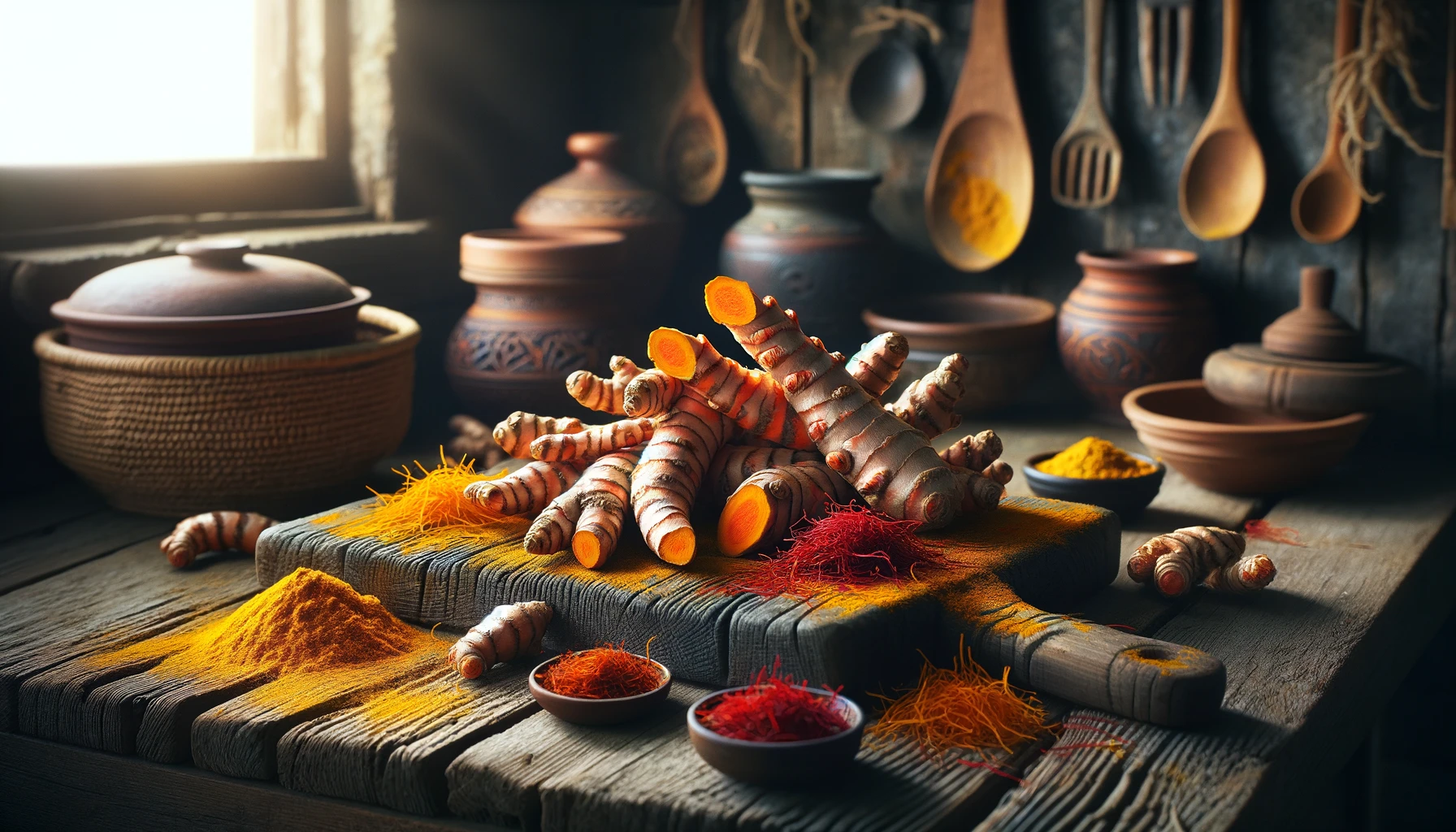What Is The Difference Between Turmeric and Saffron?
Turmeric and saffron are distinct spices with different flavors, appearances, and culinary uses. Turmeric comes from the root of the Curcuma longa plant, featuring a vibrant yellow color and a warm, slightly bitter taste. Saffron, on the other hand, is derived from the flower Crocus sativus, presenting a deep red color and a unique, floral-sweet flavor. While both spices are employed to add color to dishes, they have distinct profiles, with turmeric being more earthy and saffron offering a delicate and aromatic touch. Additionally, saffron is one of the most expensive spices globally, while turmeric is more widely available and affordable.
Further Explanation
Turmeric and saffron, although both renowned for their ability to impart color to dishes, are distinct spices with unique characteristics. Turmeric, derived from the rhizome of the Curcuma longa plant, is known for its vibrant yellow color and warm, slightly bitter taste. It is a staple in many cuisines, particularly in Indian and Southeast Asian dishes, contributing not only to flavor but also to the rich hue of various recipes. Beyond its culinary uses, turmeric has gained popularity for its potential health benefits, largely attributed to the active compound curcumin.
Saffron, on the other hand, is obtained from the stigma of the Crocus sativus flower. Its distinctive deep red color and floral-sweet flavor set it apart from other spices. Saffron is one of the most expensive spices globally, primarily due to the labor-intensive process of harvesting the delicate stigmas by hand. This spice has been valued for centuries, not only for its culinary applications but also for its use in traditional medicine and perfumery.
In terms of flavor, turmeric is characterized by an earthy and slightly bitter taste, contributing warmth to dishes. It is often used in savory dishes, imparting both flavor and color to curries, rice, and stews. Saffron, conversely, offers a more delicate and complex flavor profile with subtle floral notes. It is often used sparingly due to its high cost and is a common ingredient in sweet dishes, as well as in certain savory recipes such as paella and risotto.
While both turmeric and saffron have a role in enhancing the visual appeal of dishes, their affordability and flavor profiles make them suitable for different culinary applications. Turmeric is widely available and economically priced, making it accessible to a broad range of cuisines. Saffron, with its luxurious and unique qualities, is reserved for special occasions and specific recipes where its distinct flavor and color contribution are prized.
